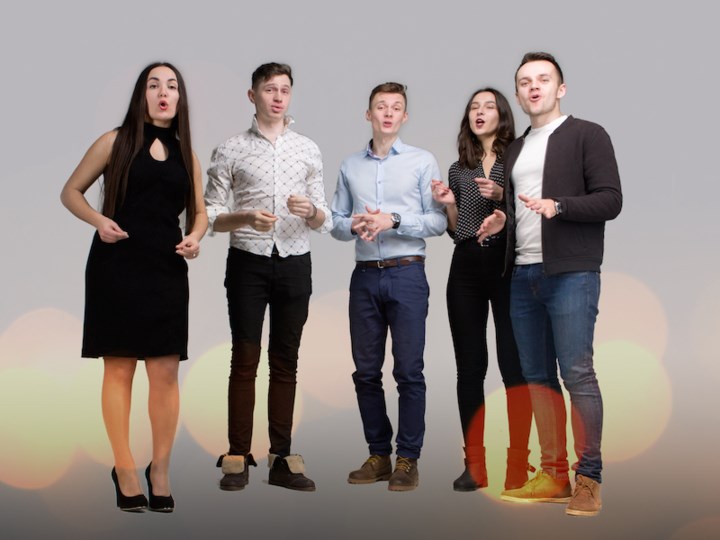A proverb says: "
Only a song speaks the language that hearts understand. Never underestimate the power of music."
Are you planning to spend your next holiday in
one of our beautiful villas with pool in Istria, Kvarner Bay or Dalmatia? Then you should take the opportunity to
listen to a klapa singing group live. Surrounded by a
romantic ambience, whether in a small alley or in the town square, you will certainly be
enchanted by the first notes. This a capella singing style consists of harmonious singing which can
create a special atmosphere. The music can have a meditative effect on the listeners and awaken
deep feelings.
Klapa singing is
traditional Croatian vocal music that has its roots in the south of Croatia, mainly in
Dalmatia, along the coastal and island regions. Klapa was recognised as a musical form by historians in the late 19th century, although it is believed that this musical form existed long before that. In December 2012, klapa singing was inscribed on the
UNESCO List of Intangible Cultural Heritage of Humanity in Europe.
It is
sung in several voices (multipart) and
without musical instruments. Occasionally, a restrained instrument, such as a
guitar, tamburica or mandolin, serves as accompaniment. The song is
led by the highest voice (the first tenor) and the other singers (other tenors, baritones and basses) join in and sing
simultaneously with the main voice. Each member of the group has a different voice pitch. It is important to
emphasise the "highest voice”, as there is no leader. During the performance, the singers
stand in a tight semicircle. The main purpose of the spatial arrangement is to achieve the
best possible combination of voices without the help of scores. The intonation of the songs varies greatly. Usually the singing starts very softly and then develops to a higher volume and pitch as the song progresses. The singers are
experienced amateurs who learn from their predecessors. Originally, the groups consisted of
younger and older men up to 12 singers. Today there are also groups consisting only of women or mixed groups, though rather less frequently. The themes in focus of this singing are
love, wine, the sea and the homeland. The lyrics of the songs are mostly
poetic, cheerful, optimistic, humorous to lyrics ranging to
excessive sentimentality.

There are three models of klapa:
Traditional, Festival and Modern klapa. The traditional klapa is the
oldest klapa model. The
informal group of singers, occasionally sing on various occasions: in taverns, markets or generally in places that resonate well acoustically, thus
satisfying their need and love for singing. It is interesting to note that these klapas have the option of singing any song they like in a klapa way. The
festival klapa is a formally organised group of singers whose main aim is to perform safely and to a
high standard in public. The
modern klapa emerged in the early 90s and started to
experiment with different musical styles (new forms and new sounds). Numerous collaborations with pop, rock, but also alternative musicians began.
New pieces are composed and
competitions are organised, for example the most famous festival today, is the “
Festival dalmatinskih klapa”. The festival was founded in 1967 in the Dalmatian coastal town of
Omis. Experts evaluate the performances of the various klapa groups and their award has always been the
most important recognition of the festival. Klapa singing is also gaining popularity among
young people. The aim is to
preserve the tradition and pass it on to younger generations as well, as klapa groups are a
very important part of Croatia's culture.
Valentina Gudelj
3.5.2023

 MY ISTRIA GUIDE
MY ISTRIA GUIDE

